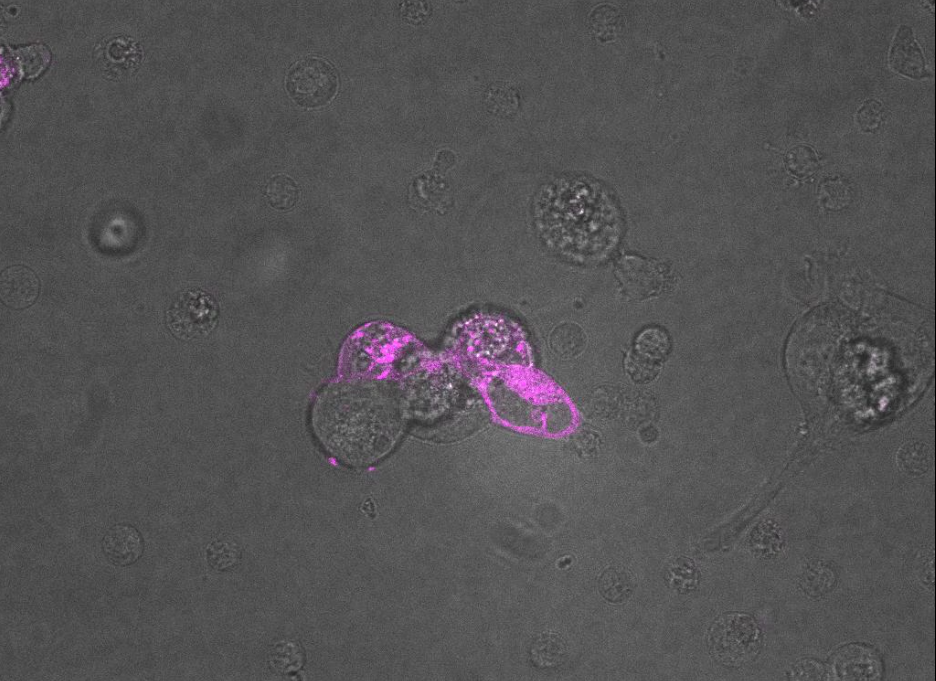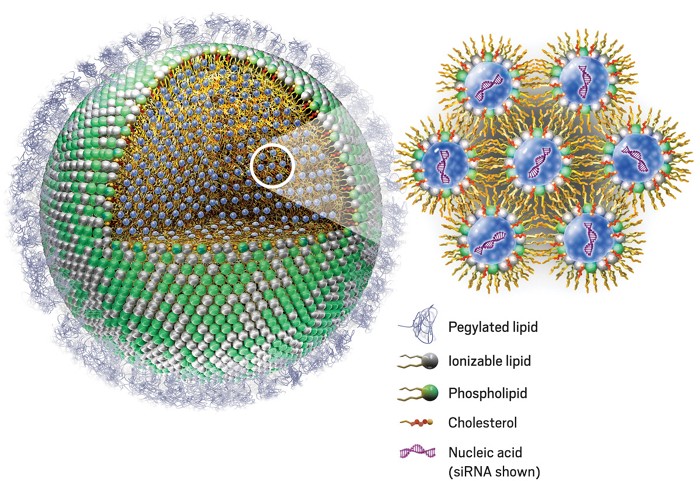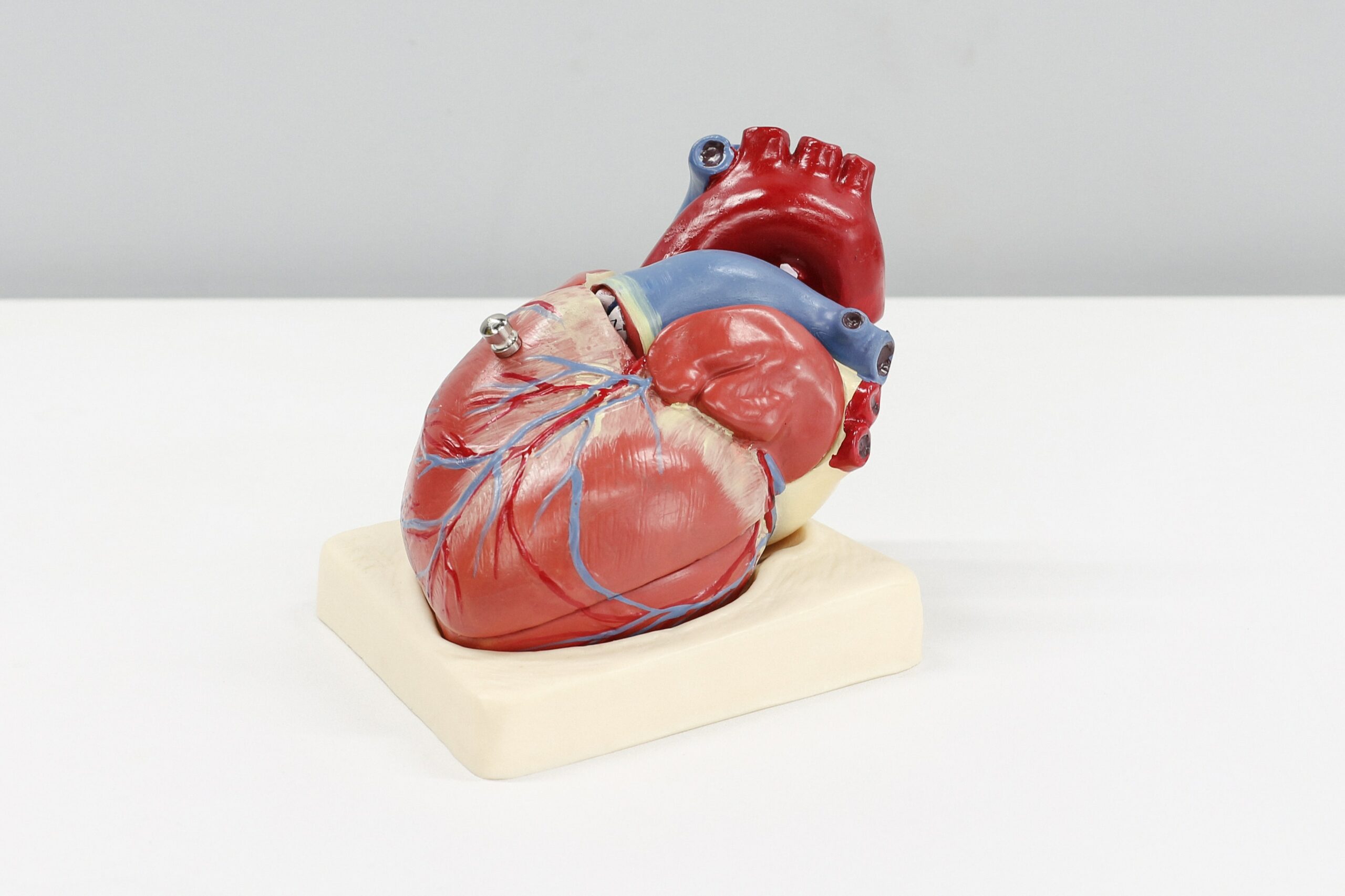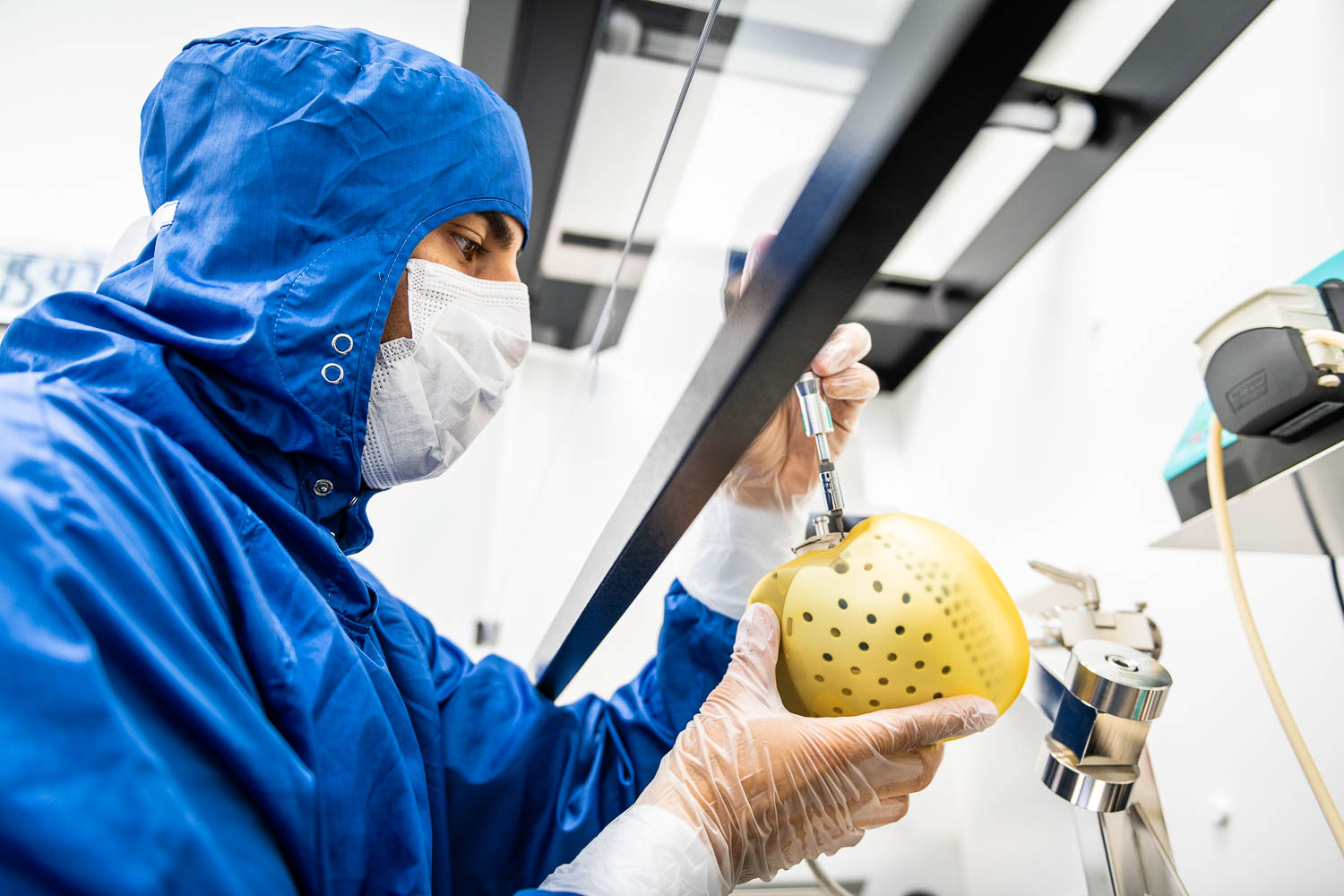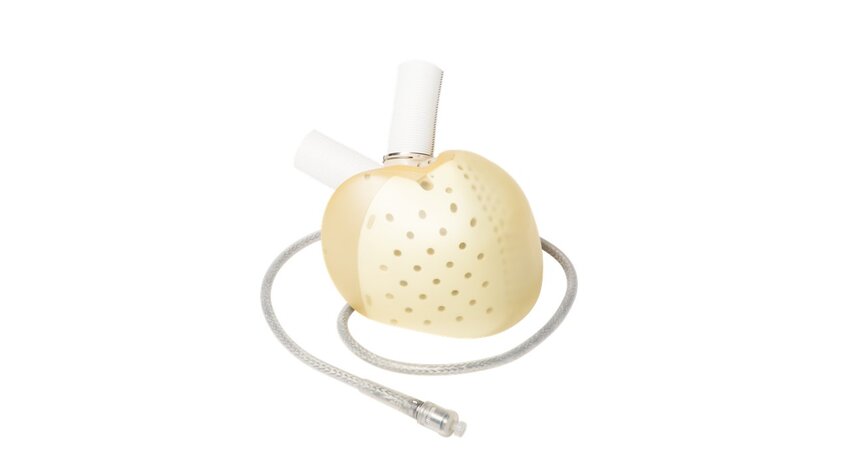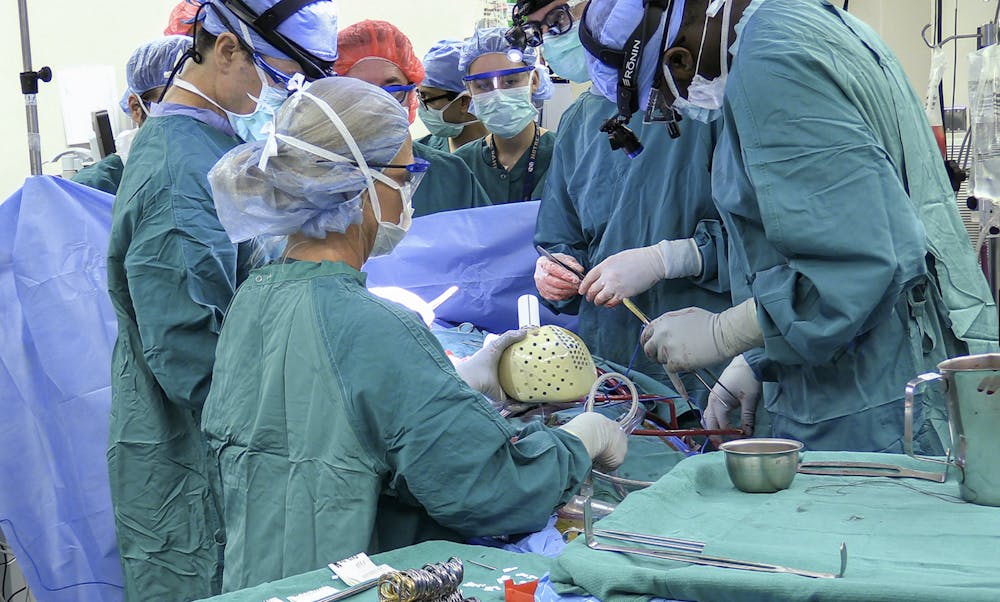Intro
A study published by researchers from Johns Hopkins University highlights new artificial intelligence tools that could help physicians preemptively identify cardiac arrest in patients with the use of artificial intelligence. This new technology could change the way healthcare professionals approach preventative cardiac care, potentially saving patients from fatal outcomes.
Background
Cardiac arrest is one of the leading causes of death, causing hundreds of thousands of deaths per year in the United States. It is caused by a sudden, often arbitrary failure of the heart and can be attributed to factors such as genetics, diet, arrythmia (abnormal heartbeat), and underlying heart problems. They can be the result of chronic cardiovascular conditions but can also occur in healthy individuals. Despite the vast research regarding the disease, scientists are still not completely sure how cardiac arrest arises in patients. Cardiac arrest is nearly impossible to predict with accuracy, making it one of medicine’s deadliest and most confusing conditions.
Currently, physicians determine a patient’s likelihood of cardiac arrest by analyzing their vitals and heart scarring. Testing of vitals entails quantitative analysis of a patient’s blood, including but not limited to cholesterol and sugar levels. Heart scars are tiny marks in the heart which cause cardiovascular disease, and ultimately, cardiac arrest. However, heart scars are incredibly hard to detect because they are microscopic in size. The team of researchers from Johns Hopkins University sought to develop a solution that could accurately predict cardiac arrest risk.
Methods & Results
The team created an artificial intelligence (AI) program built on a neural network that can predict a patient’s probability of developing a cardiac arrest in the next ten years with statistically significant accuracy. The AI program views close-up images of patients’ cardiac tissues, and combined with the patient’s history, determines the probability of a cardiac arrest. The model was able to outperform human predictions of cardiac arrest, and the research team plans to implement the technology as a valuable tool available to physicians.
The research team modeled the AI after a neural network, which is a computer system modeled after the human brain. That is, “neural” pathways are strengthened by successful predictions of correlations in a given data set, enabling computers to make highly accurate predictions of increasingly complex and abstract concepts by applying its knowledge from these data sets.
The AI was programmed to conduct a personalized, patient-specific survival assessment, which analyzes a patients’ underlying conditions and vitals. Next, the team used contrast-enhanced cardiac scar images from and taught the AI to detect aspects of the image that are invisible to the naked eye by using neural network technology. Currently, cardiologists are only able to analyze parts of scar images such as volume, mass, shape, etc. These enhanced images are evaluated by the AI in quantitative ways that human doctors could simply never achieve. The AI was then tested on real patients and data from previous years to see if the neural network could use this data to reliably extrapolate it onto new data.
The researchers found that their algorithm could accurately predict cardiac arrest in real patients to a better extent than physicians. They also tested the AI at 60 different health centers around the US, indicating that this model could be replicated at other hospitals.
Discussion
The researchers concluded that the AI could be of major use to physicians. They plan to continue development of the program for both cardiac arrest and other heart-related diseases. The technology could also improve the accuracy of other diagnostics that rely solely on visual observation. These findings have grand implications on the future of healthcare, indicating a new role of specialized software and artificial intelligence. It may not be long before this novel application of artificial intelligence becomes widespread among physicians, enabling improved patient care by revealing the previously unnoticed.
References
- Cleveland Clinic. (2019, May 14). Sudden cardiac death (SCD): Symptoms, causes. https://my.clevelandclinic.org/health/diseases/17522-sudden-cardiac-death-sudden-cardiac-arrest
- Murphy, S. L., et al. (2021, December). Mortality in the United States, 2020. Centers for Disease Control and Prevention. https://www.cdc.gov/nchs/data/databriefs/db427.pdf
- Popescu, D. M., et al. (2022, April 7). Arrhythmic sudden death survival prediction using deep learning analysis of scarring in the heart. Nature. https://www.nature.com/articles/s44161-022-00041-9
- Rosen, J. (2022, April 7). AI predicts if and when someone will experience cardiac arrest. The Hub, Johns Hopkins University. https://hub.jhu.edu/2022/04/07/trayanova-artificial-intelligence-cardiac-arrhythmia/

